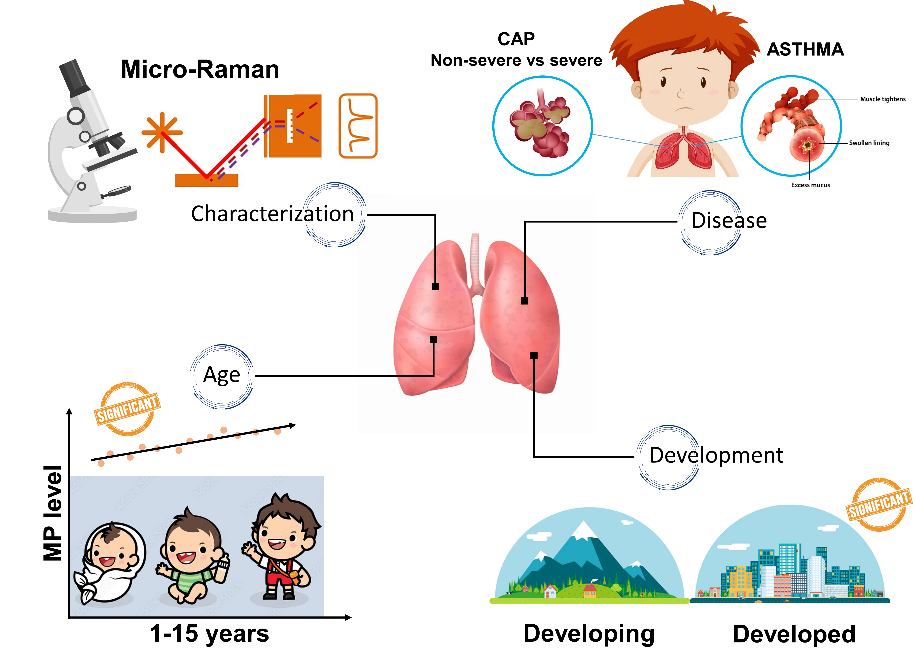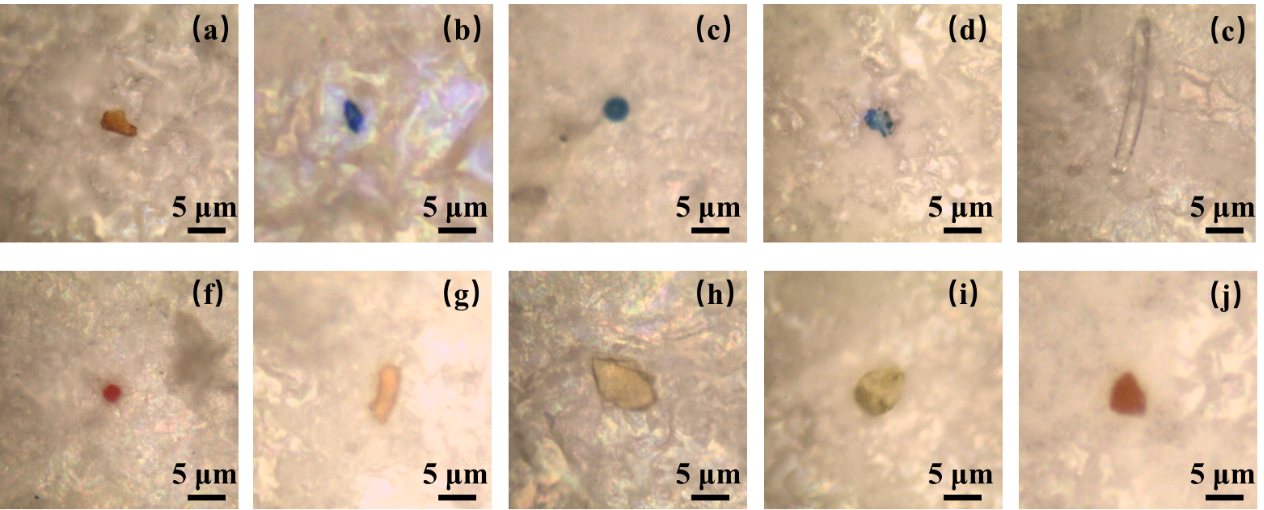
Recently, Dr. Chen Chunzhao, distinguished Associate Research fellow in the team of Academician Yu Gang, published a paper titled "Microplastics in the Bronchoalveolar Lavage Fluid of Chinese Children: Associations with Age, City Development, and Disease Features" in the high-impact journal Environmental Science & Technology.

Microplastics (MPs) pollution and its effects on health are global focal points and challenges. Research has shown that MPs are widely present in the atmospheric environment and can enter the human body through respiratory exposure. Compared with other solid particles, MPs are more persistent, have stronger adsorption properties, and exhibit particle toxicity. MPs are not only effective carriers of various pathogens but can also trigger oxidative stress, immune responses and inflammatory lesions, posing serious potential harm to human health, especially to vulnerable populations such as children. Therefore, this study focused on children with community-acquired pneumonia (CAP) and asthma, investigating the occurrence characteristics of MPs in the bronchoalveolar lavage fluid of children. The research preliminarily analyzed the accumulation behaviour of MPs in the lungs and their potential relationship with pulmonary diseases.

The BALF-focused study showed that MPs were prevalent in pediatric lungs, with a detection rate as high as 89.6%. The dominant polymer types of MPs were polyethylene (PE) and polypropylene (PP), and the particle sizes were lower than those observed in adult saliva and sputum, suggesting that higher propensity of smaller particles to be inhaled into the human body. Additionally, the age of children and their residential area simultaneously influenced the distribution of MPs in pediatric lungs. Although there was no significant differences between MP levels in pediatric lungs with CAP and asthma, the severe CAP group displayed significantly higher MP contamination than the nonsevere group. This is likely due to the disease impairing the immune defense system, making it less effective in resisting the invasion and translocation of foreign substances such as MPs. These findings provide a foundation for scientifically assessing the health risks posed by respiratory exposure to MPs. These findings contributed to advance the deeper understanding of children health risks that might be associated with MPs exposure.
This work was financially supported by the Start-up Fund from the Beijing Normal University at Zhuhai (No. 310432106), Respiratory Research Project of National Clinical Research Center for Respiratory Diseases (No. HXZX-202101), Beijing Municipal Natural Science Foundation (J200005), Capital’s Funds for Health Improvement and Research (2020-1-2091).
Cited: Chen, C.Z., Liu, F., Quan, S.T., et al. Microplastics in the bronchoalveolar lavage fluid of Chinese children: Associations with age, city development, and disease features[J]. Environmental Science & Technology, 2023, 57(34): 12594-12601.


